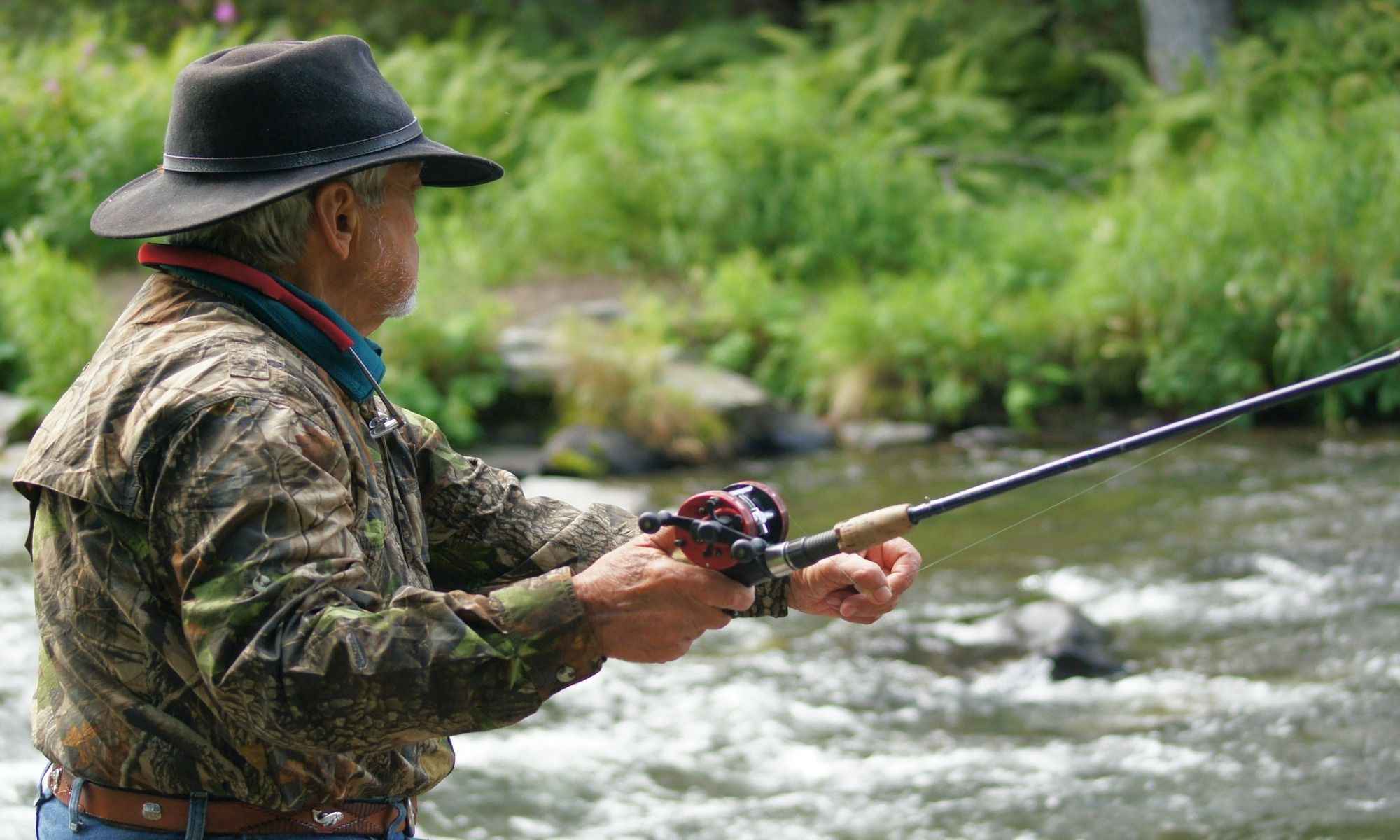How to Improve Accuracy with Short Fly Rods
Accuracy is one of the most important things in fishing. here are tips to improve your accuracy with short fly rods.

Fly fishing casting is all about getting your fly to land accurately where it’s most likely to lure in and hook fish. Though fly rods are often misconstrued as being long rods, they can come in pretty short lengths which can be better in some circumstances. Most short fly rods can make great fighting rods if they’re made correctly, therefore less parabolic. Another thing to consider is that fly rods under the usual nine feet in length might feel stiff and won’t have as much flexibility though they can be snappier and have a more responsive blank. Short rods will also impact an angler’s swing weight and line speed. A shorter rod can be advantageous to a fly caster, helping them prevent wrist and forearm fatigue as well.
Using a short fly rod can assist an angler in terms of accuracy when short to medium casts are called for. They are also great to use when casting over tight covers or where the water is relatively shallow under docks and bridges. To improve the accuracy of your casts using a short fly rod, the major things you need to consider are using the right amount of fishing line to make the needed distance and landing the fly precisely on the right drift line so it can be taken by feeding fish.
Here are Some Tips to Improve the Accuracy of Short Fly Rods
1.Be Aware of Your Tracking
To make your casts accurate, you need to be aware of your tracking, which is the path your rod makes during the stroke and can also greatly determine how and where your fly will settle. You first need to learn how to track straight to compensate for a curved, more likely than not inaccurate cast. You can try to practice on land first and see where the fly lays out. A good tip is to have your target, foot, elbow, hand, and rod all lined up in a single plane like you’re throwing a dart. This will greatly help you cast using short rods more accurately and make you accustomed to a more proper fly casting stance.

2. Watch Your Back Cast
The most efficient casts will present a back cast that is 180 degrees from the target as energy is gathered in line during the pick up and the back cast is redirected with the forward cast. Simply put, if you have a straight back cast, you’ll have a straightforward cast and the more accurate your cast will be using your short fly rod.
3. Keep Your Target in Sight
The above statement is definitely true for all types of casting, including when you are using short fly rods. Though watching the back cast is really important, it is still best to keep your eye on the prize. What will add to your accuracy is keeping the short fly rod’s hand in your line of sight. If the rod’s tip is veering too far from your eye line, there will be a triangulation issue between the target, your eyes and the rod tip. It’s also important to consider the additional angle coming from the side as you cast.
4. Take It Slow
When casting a fly line, less is definitely more. Good form and solid technique, not speed, will help you land your fly where it needs to be. A great trick is to listen for that swooshing sound your fly rod makes as it cuts through the air, if it’s present that means you’re casting too fast. Slowing down will better hone your accuracy.
5. Use Less Force
It takes very little force to keep a fly line in the air, especially if you’re making short casts with a short rod. Most casters overpower the rod and as a result, they garner in tailing loops. Try to practice casting loops with as little power as possible, thereby eliminating unnecessary loops left by your fly.
6. Modify Your Casting Arc and Stroke Length

To cast a short line, a short stroke and narrower casting arc are required. The opposite goes for a long line. Learning to vary the casting arc and stroke length will improve casting accuracy and will inform you better of what is appropriately needed when casting with a short rod.
7. Proper Hauling
Distance and control to casts will be added with a well-executed double haul, which should be done by keeping the line hand in direct alignment with the rod, line and rod hand. The haul should complement the casting stroke in speed and length, aiding to a more accurate cast by keeping your hands moving with your target.

8. Practice
Improving accuracy using short fly rods will happen over time with practice. It is obvious that good and accurate fly casting using any rod is done by frequent practicing. Learning from your mistakes, learning to adapt to any given situation, getting used to a short fly rod and trying again and again will definitely sharpen an angler’s accuracy in casting with the tool. It’s also important to point out to try differing lengths and see how it feels with different casting techniques to ensure you have one that is comfortable for you to use. You can test some out at your local fishing gear shop or borrow from a fellow fishing friend if they have one to see how they feel.
Why Use Short Fly Rods?
As elaborated, with short fly rods, it is easier to be accurate as they are easier to control and pinpoint with. Additionally, they give an angler more leverage when it comes to fighting with hooked catches as they allow for hard pulls and quick pumps to the right direction. The shorter rod is less burdensome when you make casts through and around foliage. They are also more portable and easier to lug around when you go on your fly fishing adventures. Learning how to improve the accuracy of using a short fly rod will make it an indispensable fishing tool that an angler can add among their valued fishing gear.


